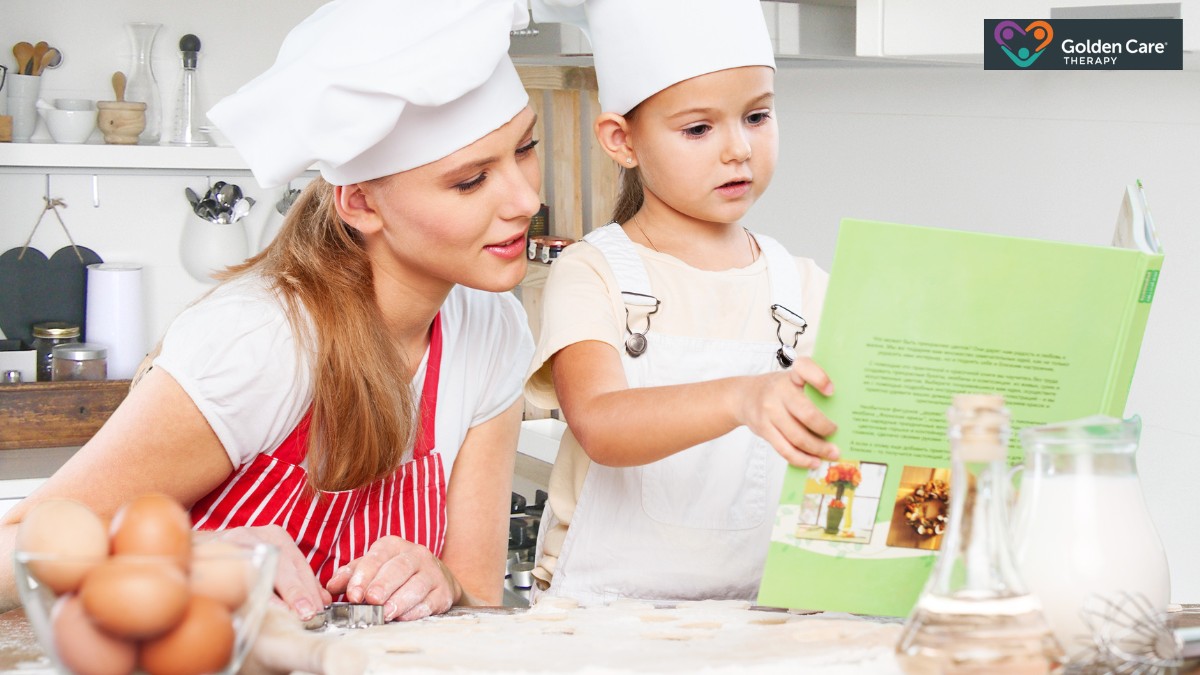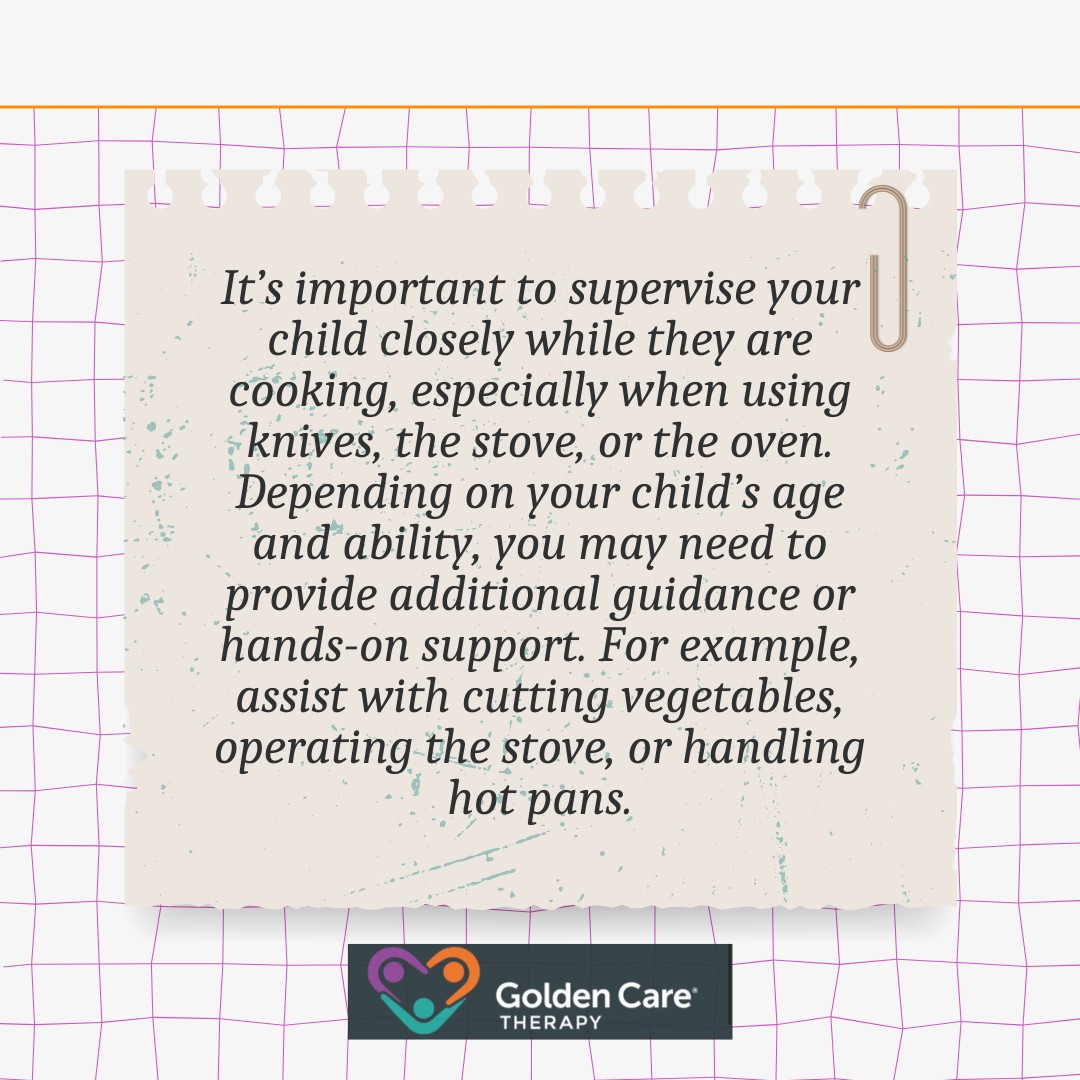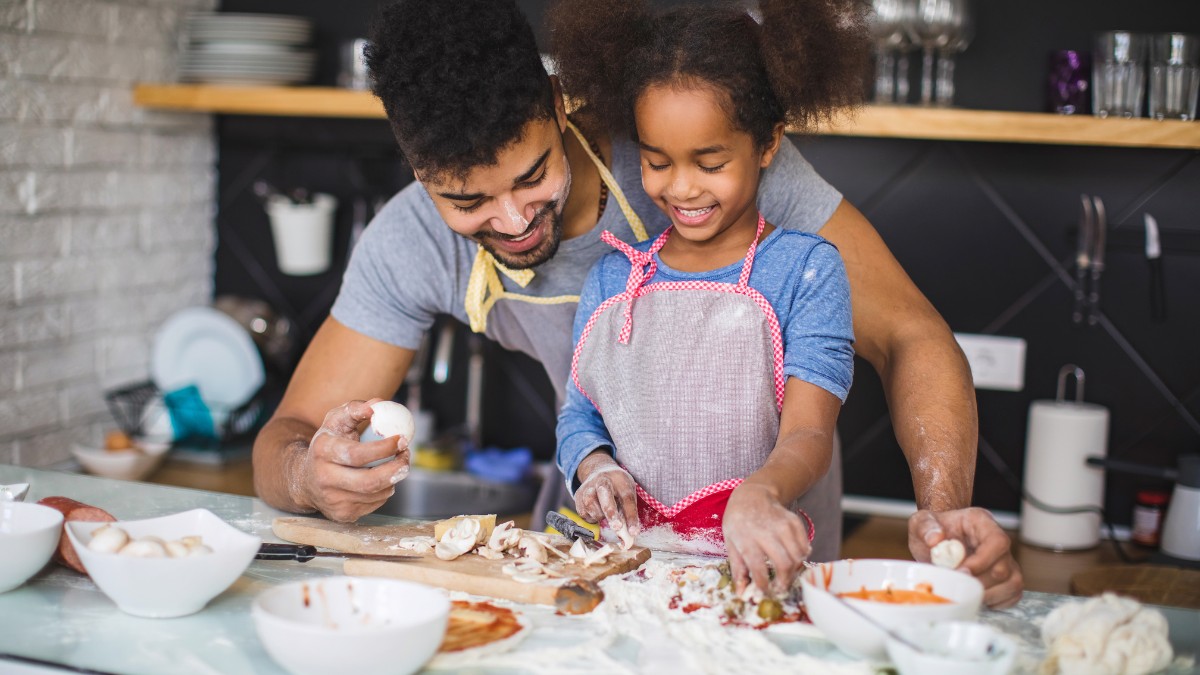Cooking is an essential life skill that can provide children with both practical benefits and a sense of accomplishment. For children with autism, learning to cook can be especially impactful. It not only fosters independence but also helps build confidence, enhance motor skills, and promote social interactions.
However, teaching kids with autism how to cook requires thoughtful consideration of their unique needs and preferences.
Understanding the Benefits of Cooking for Kids with Autism
Cooking provides children with autism a chance to engage in activities that promote sensory awareness, cognitive growth, and social interaction. Beyond the practical life skills, cooking can also help children with autism improve their communication and motor skills, all while teaching independence in the process.
For children with sensory sensitivities, cooking activities can be tailored to create a comfortable environment, allowing them to explore different textures, smells, and tastes at their own pace.
Through the process of cooking, kids can also experience the satisfaction of completing a task, boosting their self-esteem. Learning to follow directions, practice patience, and take pride in their work are all valuable lessons that go beyond the kitchen.
Every child is different, so it’s essential to approach cooking lessons with patience and flexibility. Consider breaking tasks into smaller, manageable steps, and provide clear, visual instructions to make the learning process smoother.
Preparing the Kitchen Environment for Success
Before you start teaching kids with autism how to cook, setting up the kitchen environment is a crucial first step. The space should be safe, well-organized, and welcoming.
Children with autism may have varying sensitivities to sensory stimuli, so it’s essential to create an environment that minimizes distractions and supports their individual needs.
A clutter-free, organized kitchen will help children with autism feel more comfortable and focused.
Place frequently used tools like knives (if age-appropriate), measuring cups, mixing bowls, and utensils in easily accessible locations. Label the cabinets or drawers with pictures or words so that children can easily find what they need.
This simple organization can help reduce anxiety and allow children to develop a sense of ownership in the kitchen.
Also, it’s worth noting that many autistic children have sensory sensitivities, which may include heightened sensitivity to loud sounds, textures, smells, or bright lights. To address these needs:
- Keep kitchen noise levels to a minimum by using quieter equipment.
- If your child is sensitive to specific smells, try using unscented products and keep strong-smelling ingredients away from them.
- Consider using noise-canceling headphones or allowing breaks if sounds like the blender or mixer become overwhelming.
- Select tools and utensils with textures your child finds comfortable, whether they prefer smoother handles or specific materials.
Adjusting the kitchen environment to cater to your child’s sensory preferences can make cooking more enjoyable and less overwhelming.
Once everything’s in place, it’s now time to move on to the actual steps which are as follows:
Step 1: Start with Simple Recipes
When introducing kids with autism to cooking, start with simple, straightforward recipes. Recipes that only require a few ingredients and minimal steps are ideal for beginners. Examples might include making a sandwich, assembling a fruit salad, or preparing a no-bake dessert.
The key is to choose recipes that are not overwhelming and allow the child to feel accomplished after completing them. As they gain confidence, you can gradually introduce more complex recipes that require additional skills, such as measuring ingredients or using the stove.

Step 2: Use Visual Aids and Clear Instructions
Visual aids, such as pictures, charts, or videos, can be incredibly helpful for children with autism. Many children with autism respond well to visual learning and may find it easier to follow along when they can see each step in the process.
For example, instead of just saying, “Stir the ingredients,” provide a picture of the action or a video demonstrating the process. Use visual schedules to outline the steps involved in the recipe, allowing your child to follow along with clear, visual cues.
Step 3: Use a Consistent Routine
Children with autism thrive on consistency, so it’s helpful to establish a predictable routine when cooking. For instance, always start by washing hands before preparing food, then move on to gathering ingredients, followed by cooking or assembling the dish.
Consistent routines will help children feel more secure and confident in the kitchen.
Step 4: Break Tasks into Manageable Steps
Breaking cooking tasks into smaller, manageable steps is crucial for maintaining focus and ensuring success. For instance, if you are teaching your child to bake cookies, break the recipe down into steps like: gathering ingredients, mixing the dry ingredients, adding the wet ingredients, shaping the dough, and baking.
Step 5: Provide Positive Reinforcement
Throughout the cooking process, offer plenty of positive reinforcement and praise for each completed task, no matter how small. Children with autism benefit greatly from positive feedback, which helps build their self-esteem and motivates them to continue learning.
Ensuring Safety in the Kitchen
Teaching kids with autism to cook also involves a strong focus on kitchen safety. Many children with autism may not yet have the skills to recognize or avoid potential hazards, such as hot surfaces or sharp objects. Therefore, safety should always be a priority.

You can also consider child-friendly cooking tools as they are designed to reduce the risk of injury while still promoting independence. Look for knives with rounded edges, peelers with soft grips, and measuring cups with easy-to-read markings. These tools can help children with autism feel more comfortable and capable in the kitchen.
Make Cooking Fun
To keep your child motivated and engaged, try to make cooking fun! You can introduce themed meals, such as making pizzas with different toppings, or organize a baking challenge to see who can create the most colorful cupcakes. Using games and challenges can turn cooking into an enjoyable activity that your child looks forward to.
Teaching kids with autism to cook is more than just a practical skill – it’s an opportunity to help them gain independence, improve social skills, and experience the joy of accomplishment.
Just keep in mind that every child will progress at their own pace, so be patient and adaptable in your approach.
Cooking can become a rewarding experience that helps children with autism feel empowered, confident, and capable of achieving great things. At Golden Care Therapy, we take pride in offering high-quality ABA services in Indiana, New Jersey, New York, Georgia, and Florida, tailored to meet your child’s unique needs.
You can contact us today to learn more about how we can support your child’s journey and schedule a consultation with one of our experienced professionals.



